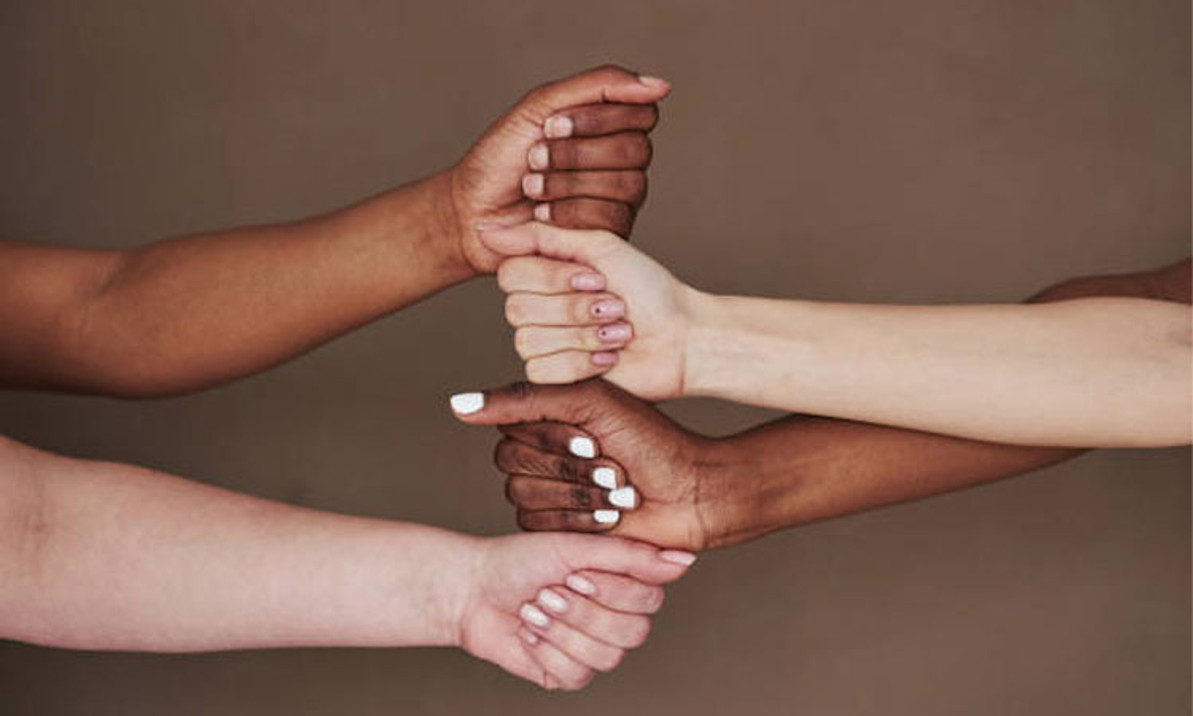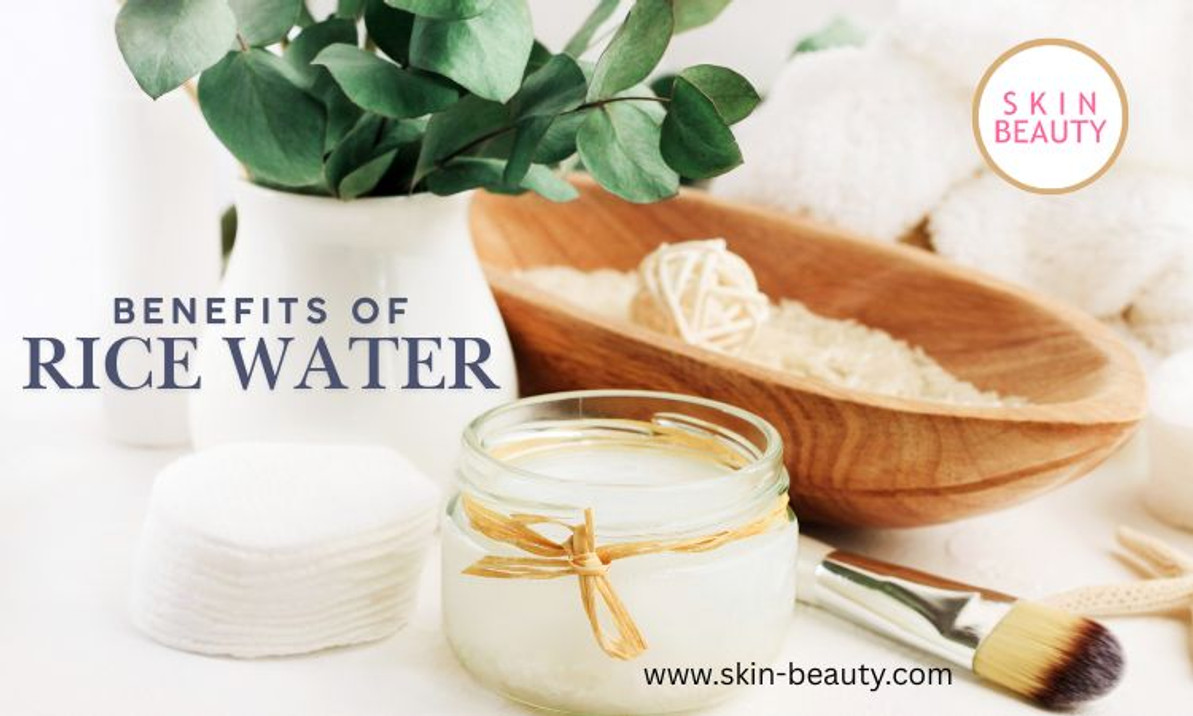What is my Skin Type based on the Fitzpatrick Scale?
What is the Fitzpatrick Scale?
The Fitzpatrick Scale gets its name from Thomas B. Fitzpatrick, a Dermatologist attending Harvard Medical School in 1975. Initially put in place to determine someone's skin tone, with six different classifications, your type is determined by the amount of melanin your skin produces, often relating to genetics. This helpful tool allows dermatologists, estheticians, and medical staff alike to choose the probability someone will burn when exposed to UV rays and the chance to develop skin cancer. This chart can also help someone determine whether specific facial procedures would be ideal for their skin, such as chemical peels and laser treatments. In addition, this scale may be helpful for individuals who are trying to color match makeup and foundation to their skin tone.

How the sun affects my skin type:
Type I.
People who fall into the Type I classification will have pale white skin and have extremely sensitive skin. Type I skin will always burn, never tan, and an example of this skin type would be a person with red hair and freckles.
Type II.
People who fall in the Type II classification will be very white and have sensitive skin that burns quickly and tans minimally. An example of Type II skin type would be fair-skinned, fair-haired Caucasian, or northern Asians.
Type I skin type and Type II skin type is very prone to sunburn and has a high chance of skin aging from sun exposure. Also, at high risk of Melanoma and other skin cancers, these types should always use an SPF of 30 or greater and limit sun exposure.
Follow these tips to protect your skin:
- Seek shade when in the sun
- Wear protective clothing and UV-blocking glasses
- Protect the face by wearing a hat in the sun
- Get annual checkups to make sure no new suspicious moles have formed.
Type III.
If you fall in this skin type, you will have light brown skin that is sensitive and sometimes burns, and slowly tans to light brown. An Example of this skin type would be darker Caucasians and some Asians.
Type IV.
Type IV skin type will have moderate brown skin that will be mildly sensitive and burns minimally. This skin type will always tan to a medium brown; an example of this type would be Mediterranean and Middle Eastern Caucasians and Southern Asians.
Type V.
In this skin type, you will have resistant dark brown skin that rarely burns and tans well. Examples of this skin type would include some Hispanics and some Africans.
Type VI.
People who fall into the type VI classification have deeply pigmentated dark brown to dark black skin. This skin type is very resistant, never burns, and is deeply pigmented. An example of this skin type would include darker Africans, as well as Indigenous Australians.
Type III-VI will still have some risk of skin cancer from sun exposure. Even though these skin types are at lower overall risk than Type I or Type II, they should still use sun protection; a sunscreen with an SPF of 15 or higher will work best for this skin type.
Follow these tips to protect your skin:
- Limit sun exposure
- Wear protective clothing and UV-blocking glasses when in the sun for prolonged periods
- Wear a hat to protect the face from harmful rays
- Annual checkups to check for Acral lentiginous melanoma (appears on areas of the skin not exposed to the sun often), a common melanoma for skin types III-VI.

What should I know about my skin type before receiving laser procedures?
When we talk about medical spa treatments and skin types, one procedure that comes to mind that can affect your skin based on the Fitzpatrick scale is laser treatments. Your laser tech or aesthetician will determine your skin type based on the Fitzpatrick scale to let you know which treatments suit your skin. Skin lasers have multiple settings and modalities and need to be perfected based on skin type to work correctly with no side effects; these settings are based on the reactivity to light. During laser hair removal or a photofacial procedure, in some cases, spots on the skin can be darkened instead of eliminated. The best candidate for laser hair removal would be skin type I-IV, who have fair skin and dark terminal hairs. Type V and VI have increased chances of burning as well as issues with hypopigmentation and hyperpigmentation. It is best to consult with a doctor, laser tech, or aesthetician before receiving laser treatment.

What skin types will benefit from chemical peels?
Chemical Peels aren't all created equal; many types of chemical peels can benefit the skin. However, certain skin types should be cautious when it comes to deeper peels. Glycolic Peels and TCA (Trichloroacetic Acid) Peels are safe for I-IV skin types. Glycolic Acid is found naturally in sugar cane and has a slower penetration time, making it easier to control during the application process. TCA peels do not require neutralization, which makes these safer to use on most skin types. Both Glycolic and TCA peels are considered moderate depth peels. Salicylic Peels can be used to treat oily skin or acneic skin. Salicylic Peels are safe for skin types V-VI but should be in concentrations of 15%-20%. There should be appropriate post-treatment care to prevent hyper/hypopigmentation issues. It is best to consult with a doctor, laser tech, or aesthetician before receiving a chemical peel.

The Fitzpatrick Scale is a great tool to determine your skin type and how taking proactive steps to protect your skin can make for a healthy skin journey in the future. It is always essential to protect your skin when in the sun, no matter what skin type category you fall into. Shop our favorite sun protection below.
,/p>
Recent Posts
-
Best Face Wash for Sensitive Skin
My Journey to Finding the Best Face Wash for Sensitive Skin If you’re reading this, you probab …Apr 22nd 2025 -
Best Under-Eye Bags Cream and Treatment
Best Under-Eye Bags Cream and Treatment Do you have the dreaded under-eye bags that make you look l …Apr 14th 2025 -
Rice Water for Skin Benefits
Rice Water for Skin Benefits Rice water for skin has become a viral beauty trend that is supposed t …Apr 4th 2025




